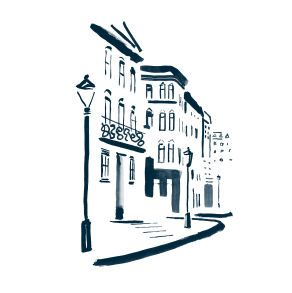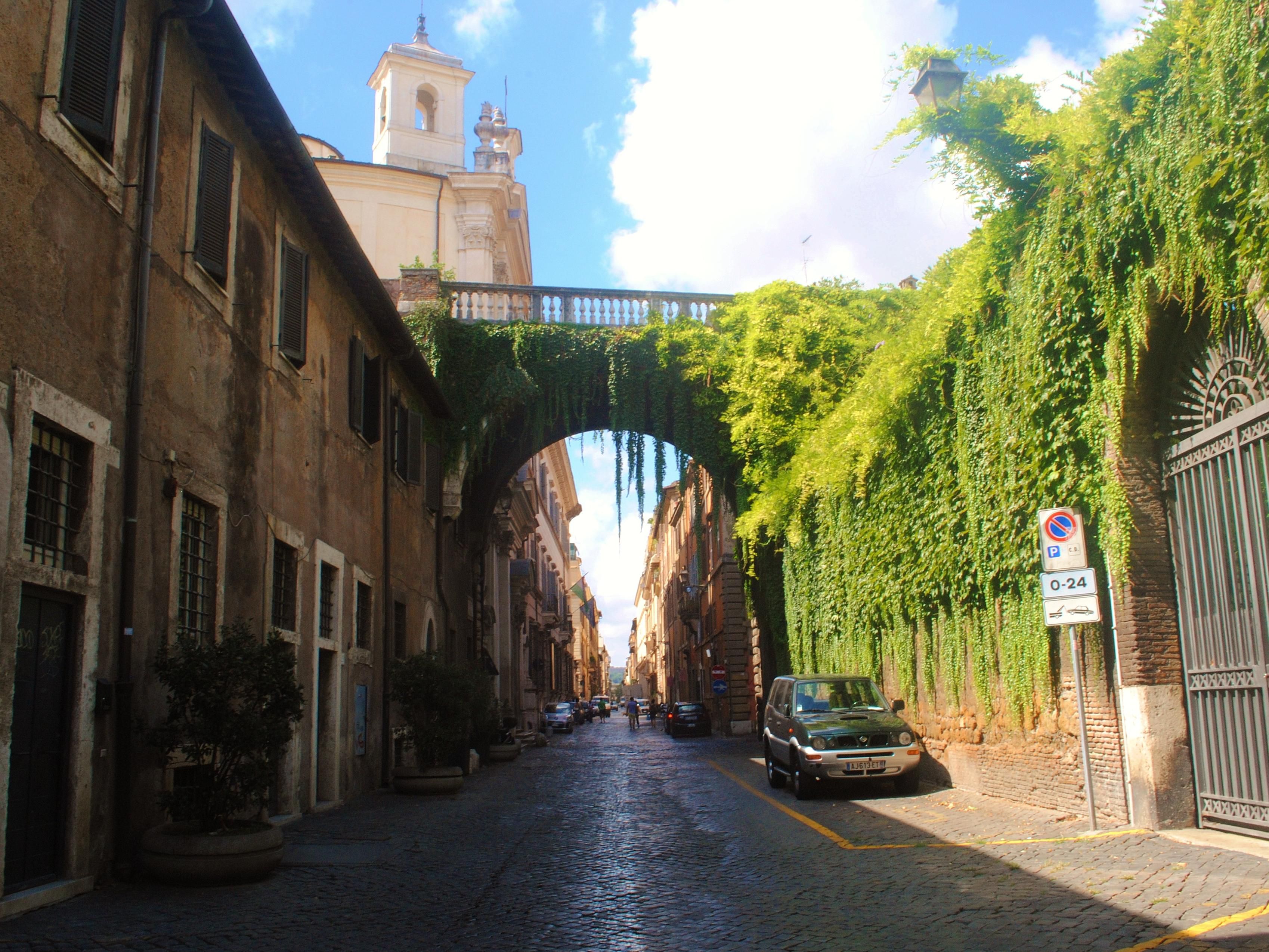Hotel Indigo Rome - St. George Local area

Located in the heart of Rome, in the fascinating Via Giulia, the hotel is just a stone’s throw away from Vatican Museums and the Sistine Chapel, Sant’Angelo’s Castle, Navona Square and Campo de Fiori. Perfect location to start exploring the Eternal City.
- Timeless walking tour
Reservations:
Front desk: 39-06-686611
Email: stgeorge@hotel-invest.com
Via Giulia 62 Rome, 00186 Italy
Check-in: 3:00 PM
Check-out: 12:00 PM
Minimum check-in age: 18


















